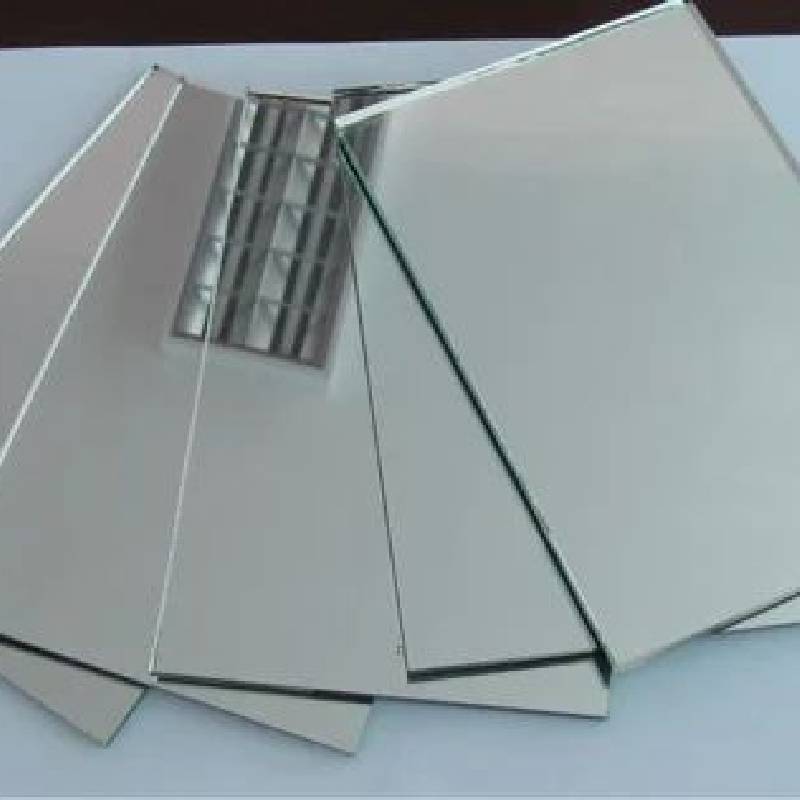

Understanding High-Performance Low-E Glass A Breakthrough in Energy Efficiency
In recent years, the demand for energy-efficient building materials has skyrocketed, driven by a growing awareness of environmental sustainability and rising energy costs. Among the most significant innovations in this realm is high-performance low-emissivity (Low-E) glass. This technological advancement not only enhances energy efficiency in buildings but also contributes to improved comfort and aesthetics.
What Is Low-E Glass?
Low-E glass is a type of energy-efficient glass that has a microscopically thin coating, which reflects long-wave infrared energy while allowing visible light to pass through. This coating can be applied to single, double, or triple-pane windows, helping to regulate temperature by minimizing heat loss in the winter and reducing heat gain in the summer. High-performance low-E glass is particularly engineered for superior thermal performance, making it an ideal choice for residential and commercial properties alike.
Benefits of High-Performance Low-E Glass
1. Energy Efficiency The primary benefit of high-performance low-E glass is its ability to enhance energy efficiency. By reducing heat transfer, buildings require less energy for cooling and heating, leading to lower utility bills. Studies have shown that using low-E glass can reduce energy consumption by up to 30-50%.
2. Comfort Enhancement With improved thermal insulation, high-performance low-E glass creates a more stable indoor environment. Homeowners and occupants experience fewer drafts, eliminating the discomfort associated with temperature fluctuations, particularly near windows.
3. UV Protection Low-E glass also blocks a significant percentage of harmful ultraviolet (UV) rays from the sun, which can fade furniture, carpets, and artwork. By minimizing UV exposure, homeowners can preserve the integrity and appearance of their interiors over time.
4. Condensation Resistance High-performance low-E glass reduces the likelihood of condensation forming on window surfaces, which is crucial in regions with high humidity or fluctuating temperatures. This feature not only improves structural integrity but also enhances indoor air quality by minimizing mold growth.

5. Aesthetic Appeal Low-E glass allows for an abundance of natural light while maintaining transparency and visual clarity. Unlike traditional tinted or reflective glass, high-performance low-E glass offers unobstructed views, making it an attractive choice for architects and designers.
The Environmental Impact
The shift towards high-performance low-E glass aligns with global efforts to reduce energy consumption and carbon footprints. Buildings account for a significant portion of total energy use and greenhouse gas emissions. By upgrading to energy-efficient materials such as low-E glass, property owners can contribute to a more sustainable future while enjoying long-term savings.
Applications and Future Developments
High-performance low-E glass is making strides in various applications, from residential homes to high-rise commercial buildings. Innovations in manufacturing are leading to more cost-effective and versatile solutions, allowing for greater implementation across different architectural styles and functions.
Moreover, the industry is continuously seeking ways to enhance the performance of low-E coatings, experimenting with new materials and technologies that could push the boundaries of energy efficiency even further. As governments and organizations worldwide emphasize sustainability, the emphasis on rapidly advancing technologies will play a crucial role in meeting energy conservation goals.
Conclusion
High-performance low-E glass represents a pivotal development in the quest for energy efficiency in the built environment. By combining functionality with aesthetics, it serves as a testament to how innovation can contribute to both comfort and sustainability. As building codes evolve and awareness of environmental issues grows, the adoption of low-E glass is likely to become even more prevalent, heralding a new era of energy-efficient construction. Investing in high-performance low-E glass today not only benefits the individual property owner but also plays a part in fostering a more sustainable future for all.